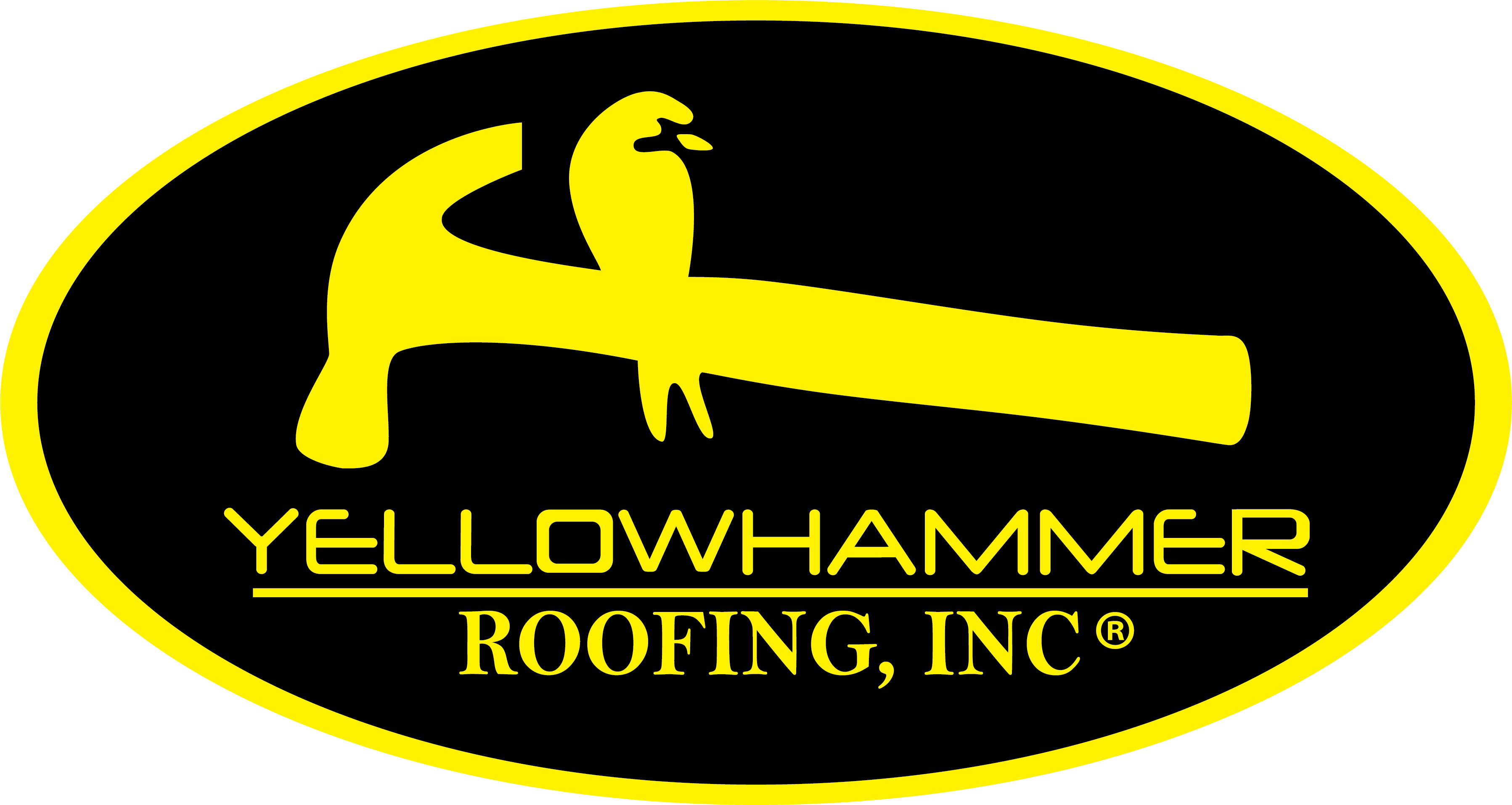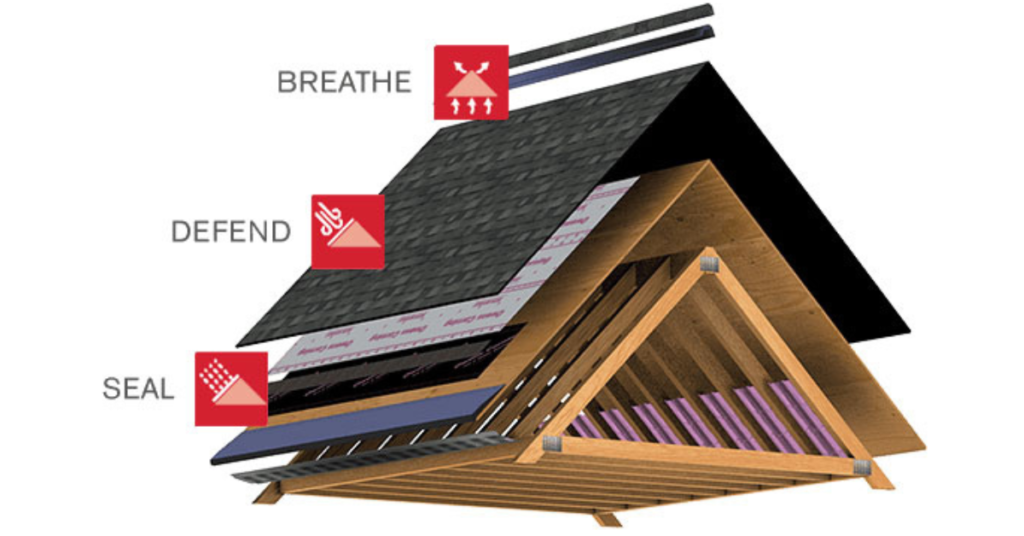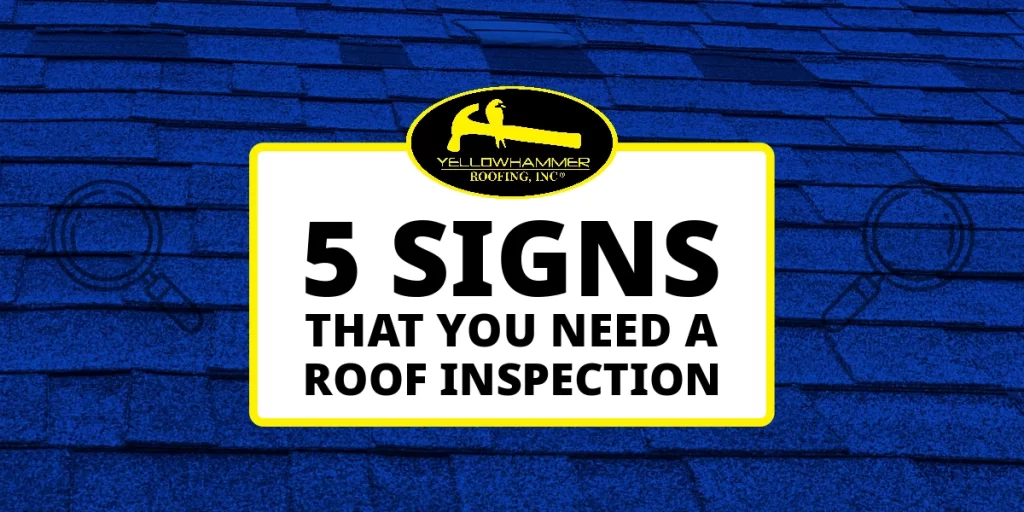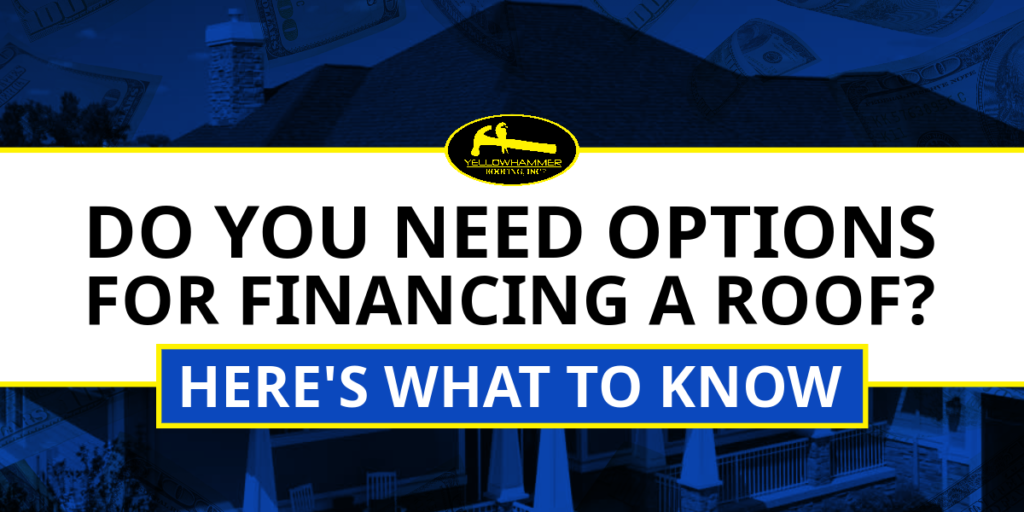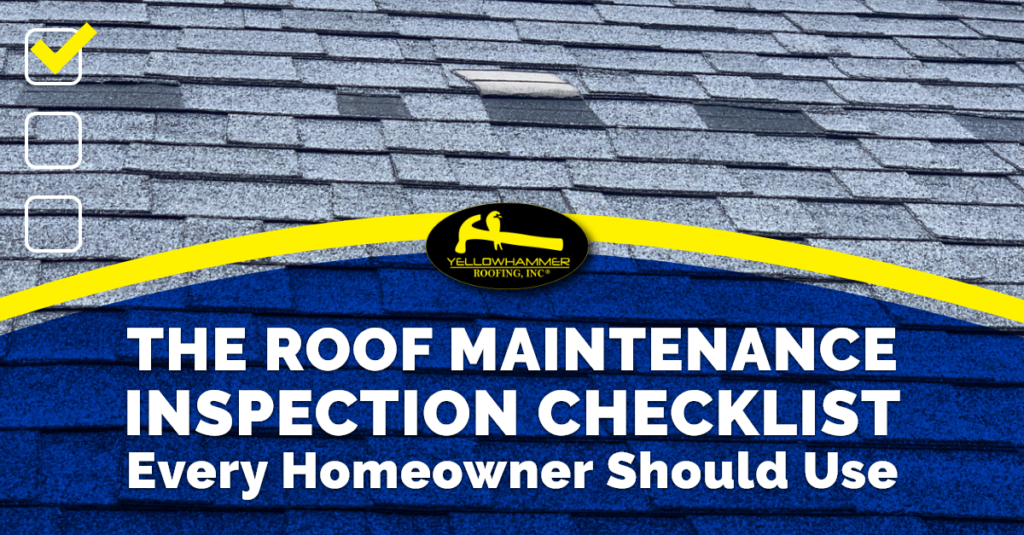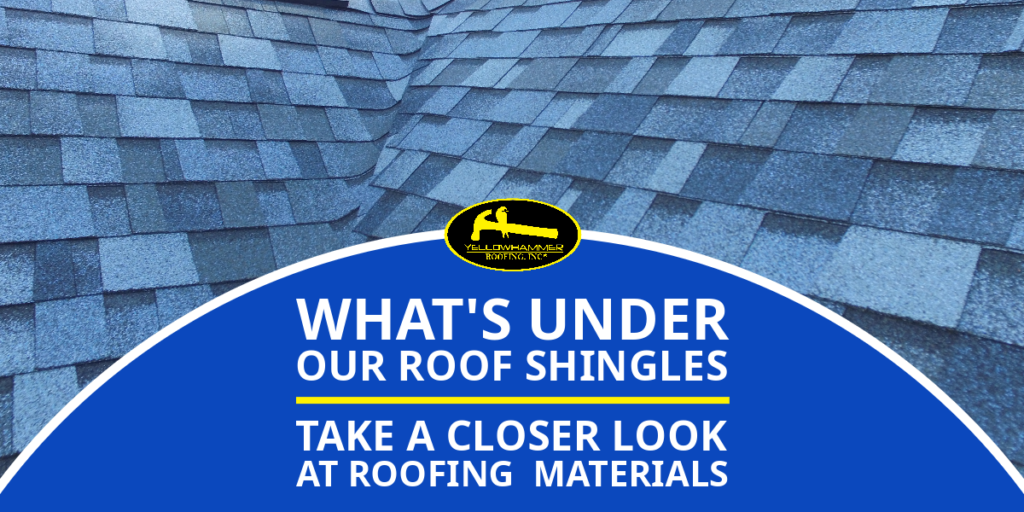When you think about the roof over your head, you likely think about the shingles you see from the street. Your roof features several layers under the shingles, which work together to protect your home from the elements.
One of the most crucial features of your roofing system is the roof decking. It’s the foundation that sets up your entire roofing system for success. If you’re getting a roof replacement, it’s important to understand what the roof decking is, its function, and whether it will also need replacement.
What is a Roof Decking?
Roof decking, or roof sheathing, is the sturdy layer underneath the roof covering. The foundation of your roofing system covers the rafters and trusses.
This part of the roof serves as the base onto which the shingles and other components of the roofing system are placed. In other words, the roof sheathing supports the weight of shingles and other roofing materials.
The roof decking is integral to your roof’s health and structural integrity. If it’s in good shape, the rest of your roofing system will be. So, if you want a strong roof, you will need strong sheathing.
Roof decking must be installed in compliance with building codes and regulations. It’s important to have your roof decking installed by a professional to ensure your home has reliable protection from harsh weather and extreme temperatures.
Types of Roof Decking
There are three general types of roof decking: plywood, OSB, and tongue and groove. The type of material used can impact your roof’s overall longevity, durability, and performance. Also, different materials will perform differently in protecting your home.
An experienced roofing contractor can help determine your home’s best roof decking type.
- Plywood: This is the most common type of roof decking material for residential applications because of its perfect moisture-resistant qualities, durability, and affordability. Plywood sheets for roofing are made of thin layers of wood veneer planks that are glued together to create a strong and lightweight material.
- Tongue and groove: This type is built from 2×6 boards. It is named so because the edge of each board has a “tongue” designed to fit snugly into the “groove” of the adjacent board.
- OSB (Oriented Strand Board): An alternative to plywood roof decking, OSB is durable, readily available, and affordable. It is created through the compression of alternating layers of wood strands merged with adhesives to produce a robust and durable panel.
Purpose of Roof Decking
Having strong, durable roof decking is the foundation of any good roofing system. A good decking will meet design requirements like deflection resistance, component anchorage technique, dimension stability, and surface characteristics.
Structural Support
The roof decking is the backbone of your home’s roof. It offers a solid and stable foundation for other roofing materials. It helps evenly distribute the weight of the roof and any extra loads.
The decking also enhances structural support by creating a stable platform that helps prevent other roof components from sagging or collapsing over time. This helps prevent the need for costly repairs or premature roof replacement.
Insulation and Energy efficiency
When properly installed, roof decking can help reduce heat transfer, keeping your house cooler during summer and warmer in the winter. Moreover, quality roof decking materials significantly contribute to your home’s general insulation and energy efficiency, which can help reduce your energy bills.
Weather Resistance
A properly constructed roof decking is a barrier against strong winds, excess moisture, and potentially destructive weather events that may damage your roof and cause leaks.
Durability and Longevity
Investing in quality roof decking materials and installation can significantly impact the durability and lifespan of your roof. A well-maintained roof decking system can help prevent your roof from premature roof failure.
Does a New Roof Mean New Decking?
Replacing your roof doesn’t automatically mean assuming that you need new decking. A standard roof deck is designed to support two installations. So, if new decking material was installed in the last roof replacement or when your roof was installed, and, the boards are structurally sound, the same deck can be used for your new roof replacement.
Your decking may need to be replaced if there are signs of moisture damage, rotting, cracks, holes, warping, shrinkage, and other decking inconsistencies. A decking with integrity issues can’t serve as a secure platform to uphold all the components of the roofing system.
In many cases, a homeowner may not be aware that their roof needs new sheathing until the roofer has torn off the old roofing materials.
Yellowhammer Roofing is your leading provider of quality roofing services in Birmingham, Alabama. If your roof shows signs of damage or old age, contact us today to schedule an inspection.

